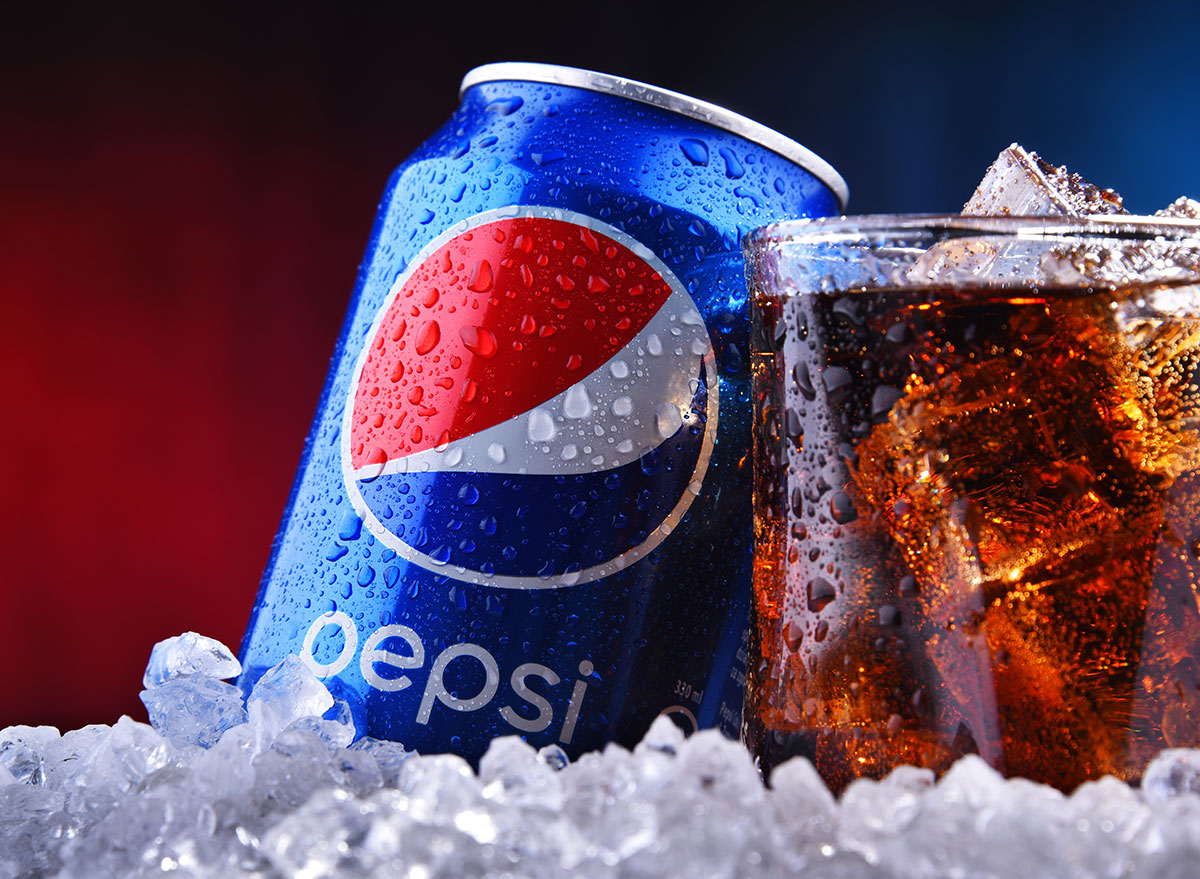8 Worst Pepsi Products Of All Time’ Pepsi‘s product development department is truly something to behold. It is best compared to a team of mad scientists, or even mixologists, churning out endless flavors and varieties of soft drink that most often no one ever wanted.
8 Worst Pepsi Products Of All Time
From limited editions to international releases, there are plenty of strange but sometimes intriguing sodas on Pepsi’s historical lineup. Just in Japan alone, the offerings have ranged from Pepsi Dry (a non-sweet and bitter Pepsi) and Pepsi Ice Cucumber to Pepsi Caribbean Gold and Pepsi Salted Watermelon. And, most recently in the United States, the jury is still out about newer flavours such as the Pepsi S’mores Trio, Nitro Pepsi, Pepsi Mango, and even a re-released Peeps-flavored Pepsi mash-up.
But, what’s most important to mention about Pepsi officials is that they are truly unafraid to fail–and boy have they. While some Pepsi drinks simply never gained popularity and quietly fizzled out, others turned into massive flops, forever blemishing the company’s track record. Read on to find out which Pepsi variations were the biggest duds and discover the details around their short shelf lives.
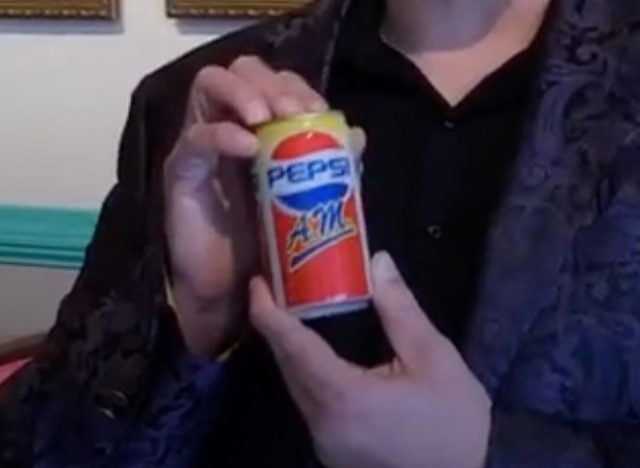
Ahh, nothing’s better than waking up in the morning to a nice cup of…Pepsi? For a brief period of time, this was the reality PepsiCo’s team was trying to create with its Pepsi A.M. concoction. The company got the idea after learning from market research that morning soda consumption was on the rise. So, in the late 1980s the beverage was born with 25% more caffeine compared to normal Pepsi and an overall “smoother” taste, according to a Pepsi spokesman.
Unfortunately, for some consumers, “smoother” really translated to “flat” and the soda did not take off in the Midwest market where it was tested. Maybe for morning pop drinkers, their routine of normal Pepsi was perfectly satisfactory–a classic example of “if it ain’t broke don’t fix it.”
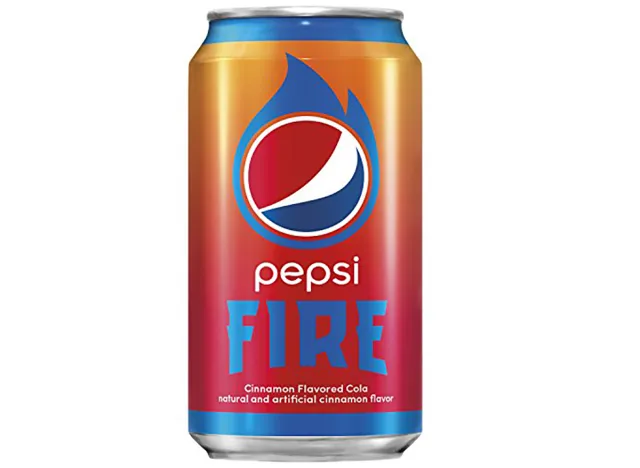
This Pepsi variation was first ignited in Asian markets in 2004–a dual product launch with another elemental drink, Pepsi Ice. But, over a decade later in the summer of 2017, Pepsi Fire also spread to the United States. The hot cinnamon-flavoured soft drink was briefly sold in stores and was even available in slurpee form at some 7-Eleven locations.
Love for the drink did not spread like wildfire, however, and taste reviews were largely negative. Specifically, on the site Influenster, the product received an overall rating of 2.5 out of 5 stars, and many customers were fired up about soda’s unpleasant taste. “This is awful,” one reviewer wrote. “I wanted to love it so much but it is so overpoweringly cinnamon. It tastes like straight up Fireball. Or like someone melted Big Red gum in it. Undrinkable. Horrible. Such a huge disappointment.”
Needless to say the “hottest drink of the summer” burnt out rather quickly.
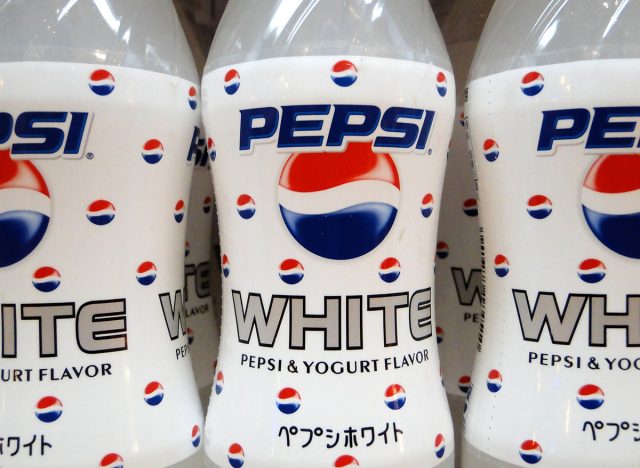
Okay, this one was only in Japan. But, it’s worthy of a mention considering it contains one of the weirdest flavor combinations ever: soda and yogurt. Yes, you heard that right. And, you can tell just by looking at Pepsi White’s cloudy appearance that something is just a little bit off with the bubbly beverage. Evaluators from The Takeout confirm these suspicions during a collective taste test, revealing that the drink “smells a little perfumey,” “tastes more like Pepto,” is “kinda soapy,” and is “like yogurt milk plus club soda.”
Pepsi originally released the product in 2008 and followed it up with multiple other Pepsi White flavor spin-offs as well before they all disappeared. These spin-offs included a tangerine-flavored Pepsi White unveiled just in time for Christmas. Maybe you missed the memo about tangerines now being a popular Christmas food? Or, this just follows along with the theme of Pepsi White’s unusual pairings.
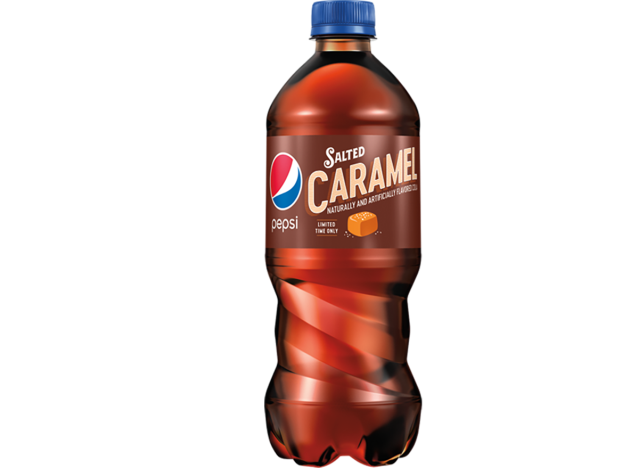
Salty is not a flavor that is usually associated with soft drinks. So, it’s unclear what Pepsi was thinking here. Pepsi Salted Caramel was rolled out in late 2017 before the holiday season and the company explained that the new soft drink blended together “the refreshing taste of cola with a delicious caramel finish.”
Of course, the questionable launch immediately sent the internet into a frenzy. One relentless Twitter post read, “Salted Caramel Pepsi is how I know we’re well and truly in the Bad Place.” Another user posted, “Salted Caramel @pepsi. Go home 2017 you’re drunk.” And yet another who was brave enough to stomach the new drink commented, “i bought a “Salted Caramel Pepsi” and as you might expect it is atrocious. drinking it anyway.”
So, while the salted caramel flavor works extremely well for products like ice cream, Pepsi has probably learned that it’s better kept off of the soda shelf.
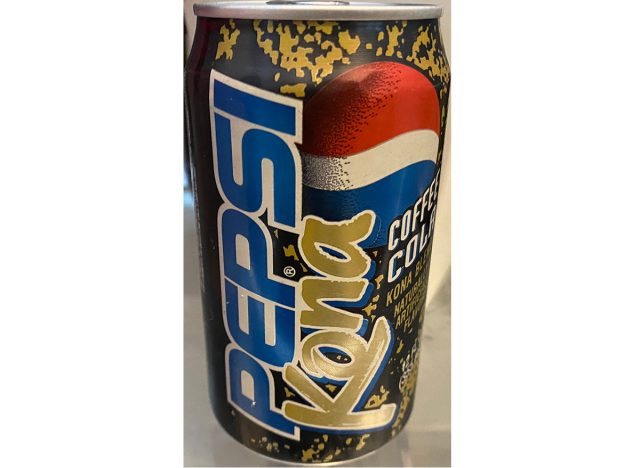
Not having learned from its experience with Pepsi A.M., the company dipped its toe into the breakfast market yet again with Pepsi Kona in 1996. The coffee-flavored pop became available on the East Coast in both regular and diet varieties and advertisements for the product were a step above. No expense was spared on full-length TV commercials and there was even a “Kona Hummer” which tooled around the test area of Philadelphia handing out free samples.
Despite these concerted promotional efforts, negative reviews and comments started to brew and it became known that the coffee drink did not tickle the taste buds of either soda or coffee lovers–at least at the time. It’s been suggested that maybe the same drink would perform better in today’s world, where coffee beers are a thing and Starbucks trips are a daily necessity. Would Pepsi give it another try? You never know.
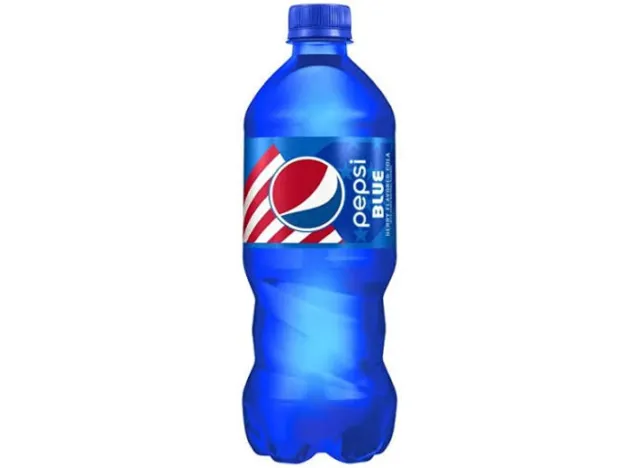
PepsiCo released its vibrantly colored Pepsi Blue soda in 2002, with a younger audience specifically in mind. The drink was advertised as a “Berry-Infused Cola,” but consumers compared the taste more commonly to cotton candy–also mentioning that it was more sugary and syrupy than other Pepsi offerings.
The most controversial part about the drink wasn’t the flavor, however. It was the color. The fluorescent blue was obviously not natural and was actually created using Blue 1–a synthetic dye that is banned in some other countries and commonly thought to be harmful among the health community. With this in mind and low sales numbers all around, the product was soon discontinued in 2004.
Between this and the failure of Pepsi White, hopefully the beverage company has learned to shift their marketing strategy away from the color wheel.
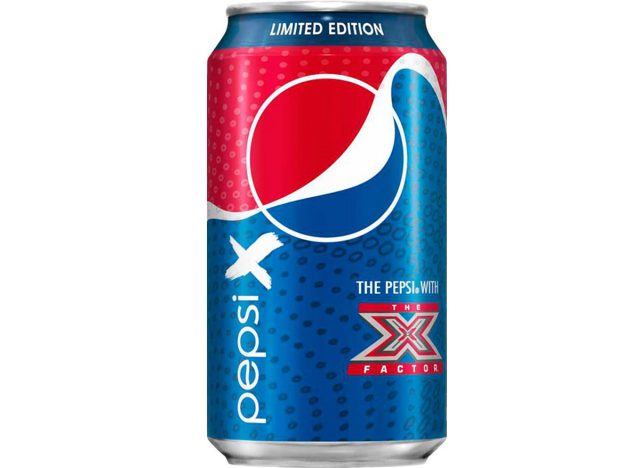
Pepsi X reared its ugly head starting in 2012 as a collaboration with the TV show “The X Factor.” The new flavor was actually selected during “The Pepsi Flavor Audition Tour” where over 15,000 fans and contestants sampled and voted on their favourite new taste. According to Vending Market Watch, four Pepsi flavors were tested and the Dragonfruit variety won out–begging the question: how bad were the other three?
Immediately after release, consumers began asking the same question and wondering how Pepsi X made it to shelves. Many say it was not reminiscent of dragonfruit at all but did have a distinct flower or spice taste. One review on the blog The Impulsive Buy pointed out that the drink’s “unusual fruity/flowery flavor just doesn’t have The X Factor.”
ALSO READ: 7 Endurance Exercises To Increase Stamina After 50
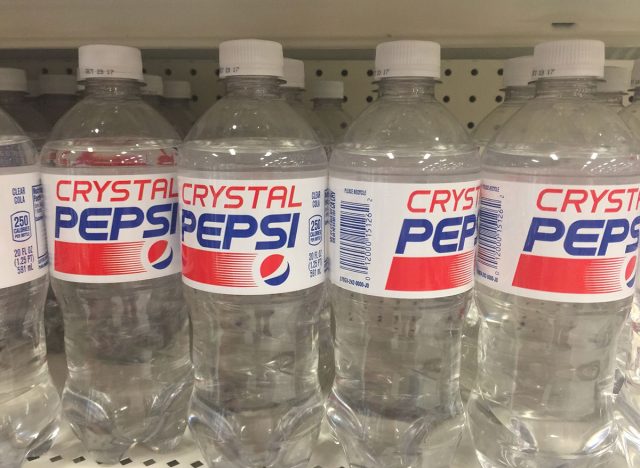
In the world of soft drinks, Crystal Pepsi is infamous as one of the largest bubbly blunders–comparable to Coca-Cola’s New Coke debacle back in 1985. The Crystal drink itself was meant to be a lighter, caffeine-free Pepsi. But, the real key differentiator that got people talking was that it was completely clear. What’s unclear is why it was ever cooked up in the first place.
To help explain, the creator of the soft drink and former Pepsi executive David Novak has said that the beverage was “probably the best idea” he ever had, but admittedly “the most poorly executed,” according to Thrillist. He blames the product’s failure partly on its rush to market so that it could be debuted in time for Super Bowl XXVII in 1993. This caused the end recipe to be less than perfect, leaving a bad aftertaste in customers’ mouths.
Crystal Pepsi’s misleading marketing as a “healthier soda” (when it really wasn’t) didn’t help either, and some people just couldn’t get over the abnormal colouring. Colas in standard shades of brown or dark caramel have historically fared much better for the company.
